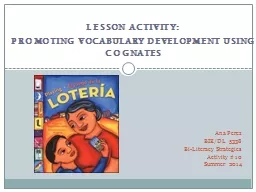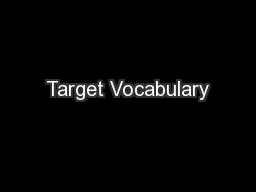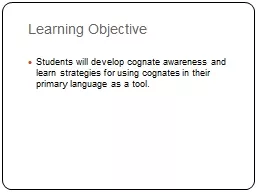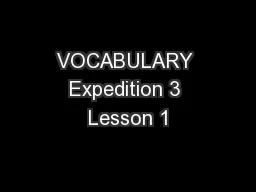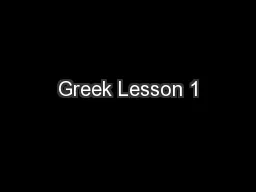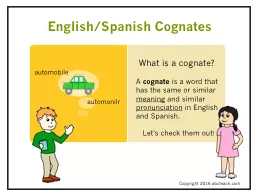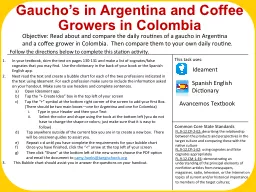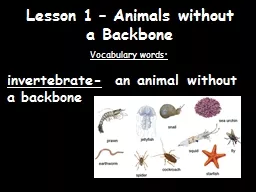PPT-Lesson activity: promoting vocabulary development using cognates
Author : aaron | Published Date : 2018-01-31
Ana Perez BIEDL 5338 BiLiteracy Strategies Activity 10 Summer 2014 TEKS For students whose first language is not English the students native language serves as
Presentation Embed Code
Download Presentation
Download Presentation The PPT/PDF document "Lesson activity: promoting vocabulary de..." is the property of its rightful owner. Permission is granted to download and print the materials on this website for personal, non-commercial use only, and to display it on your personal computer provided you do not modify the materials and that you retain all copyright notices contained in the materials. By downloading content from our website, you accept the terms of this agreement.
Lesson activity: promoting vocabulary development using cognates: Transcript
Download Rules Of Document
"Lesson activity: promoting vocabulary development using cognates"The content belongs to its owner. You may download and print it for personal use, without modification, and keep all copyright notices. By downloading, you agree to these terms.
Related Documents

